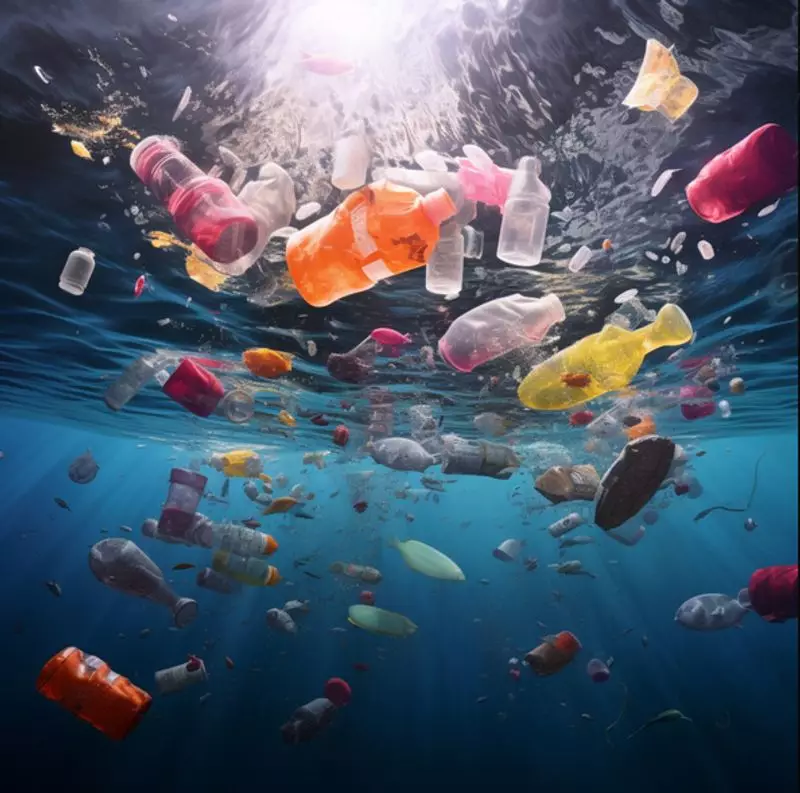
The silent invasion is here, and it's happening right under our noses. Microplastics - those tiny plastic particles smaller than 5mm - have become an invisible environmental crisis affecting every corner of our planet, from the deepest oceans to the soil beneath our feet.
The Unseen Danger in Our Waters
Our oceans are turning into plastic soup. Recent studies reveal that microplastics have infiltrated marine ecosystems at an alarming rate. These tiny particles aren't just floating on the surface - they're sinking to the ocean floor, being consumed by marine life, and entering our food chain in ways we're only beginning to understand.
"The scale of contamination is staggering," says marine biologist Dr. Ananya Sharma. "We're finding microplastics in fish, shellfish, and even in the salt we use in our kitchens. No marine environment is safe anymore."
Land Isn't Safe Either
While ocean pollution grabs headlines, the threat to terrestrial ecosystems is equally concerning. Agricultural lands across India are becoming contaminated with microplastics through:
- Plastic mulch films that break down over time
- Sewage sludge used as fertilizer
- Irrigation with contaminated water
- Atmospheric deposition of plastic particles
This contamination affects soil health, reduces crop yields, and eventually makes its way into our food supply.
How Microplastics Reach Our Bodies
The pathway from environment to human body is more direct than most people realize:
- Through seafood consumption
- Via contaminated drinking water
- Inhalation of airborne microplastics
- Consumption of crops grown in contaminated soil
The health implications are still being studied, but early research suggests potential risks including inflammation, cellular damage, and accumulation in organs.
India's Growing Plastic Problem
As one of the world's fastest-growing economies, India faces particular challenges in managing plastic waste. With increasing consumption and inadequate waste management infrastructure, the country is becoming a significant contributor to the global microplastic crisis.
"We need urgent action on multiple fronts," emphasizes environmental policy expert Rajesh Mehta. "Better waste management, public awareness, and stricter regulations on single-use plastics are no longer optional - they're essential for our survival."
What Can Be Done?
While the situation appears dire, experts suggest several actionable solutions:
- Improved waste management and recycling infrastructure
- Development of biodegradable alternatives
- Public education campaigns about plastic use
- Stronger government policies and enforcement
- Investment in research and innovation
The time for action is now. As microplastics continue to accumulate in our environment, the window for effective intervention is closing rapidly. Every individual, community, and nation has a role to play in addressing this invisible threat before it becomes irreversible.





